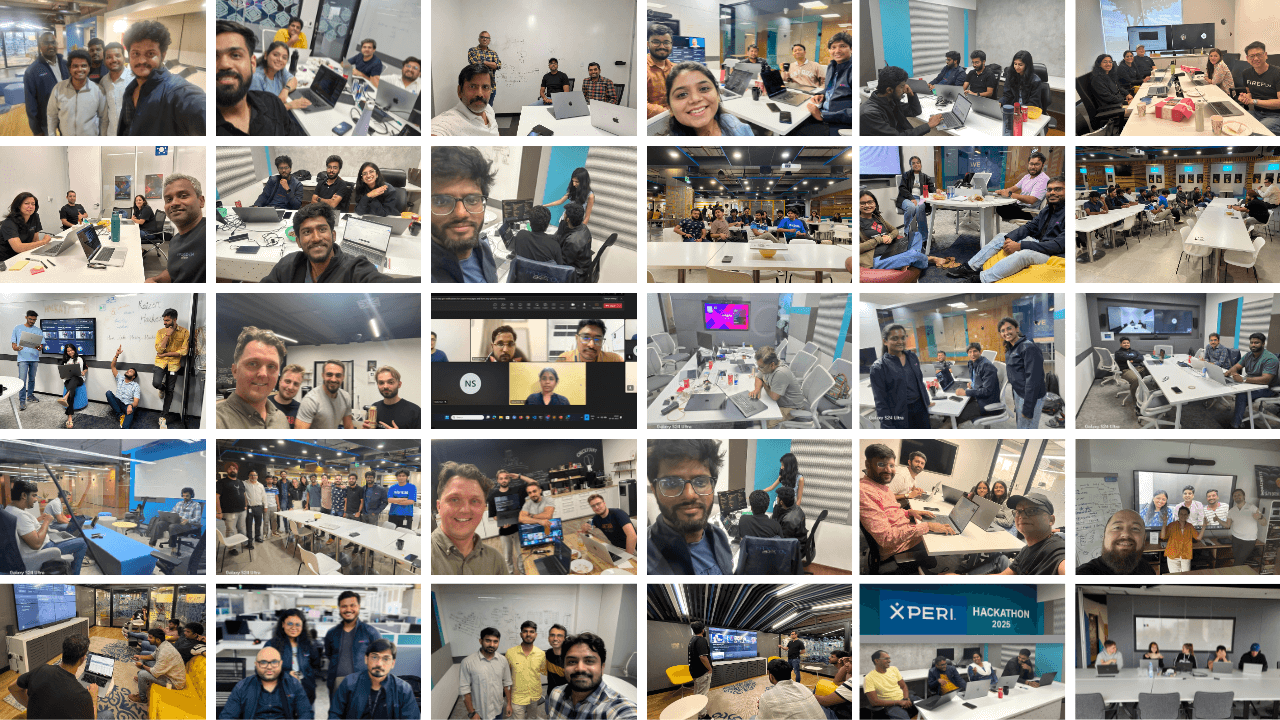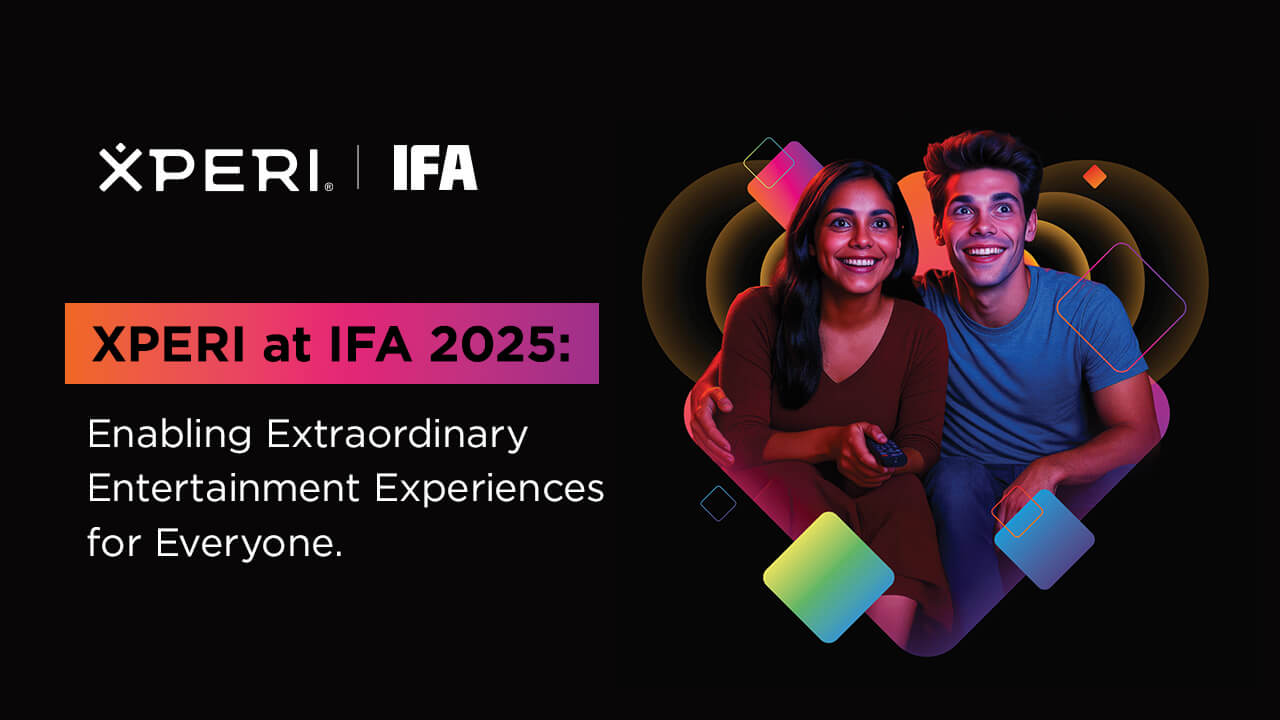By Pat Byrden, former vice president of business development & strategy
For many of us, TV was once a way to relax and unwind. Increasingly it is becoming its own source of stress, because it’s harder and harder to find something on TV that we want to watch. Between linear TV and the seemingly endless number of streaming services, there are more options than ever before. Not only is it impossible to keep track of it all, but it’s hard to even have a good sense of how much is out there.
Our connected (or “smart”) TVs were supposed to deliver on a promise: the “smart” part of the moniker meant that they would help us get a home entertainment experience that was easier, faster and more tailored to our interests. For many people it feels like the connected TV (CTV) simply hasn’t lived up to its promise.
A decade ago, linear TV was still in the more dominant position it had held for around 70 years. Because that era saw a much smaller universe of content, and because most of it was connected to specific days, times and channels, the early CTVs could get most people connected to their preferred content pretty quickly. Streaming and OTT have quickly overtaken linear as the dominant form of TV watching in the past decade, which means that the day, time and even the source of the content is almost irrelevant to many people today. The complexity created by this evolution has unearthed an almost paralyzing array of choices for the average viewer.
Most of the major OTT providers — think Netflix, Disney, Amazon Prime and the like — would prefer it if you stayed entirely within their world, only watching content they had on offer. For most viewers, it’s just not that simple. People want to watch things from a variety of providers, but trying to track down which service offers which content can start to make us feel like we are living in an Internet meme, where we need an evidence board just to keep track of where the shows are.

Looking at it from the other side, the CTV has become a rich source of monetization for providers. The provider looks at this not simply as helping get the viewer to the content the viewer loves, but as getting them to the content the provider can monetize, through subscriptions, transactions and — increasingly — advertising.
There’s a tension here: Viewers want to watch things they love, while providers (more and more) want them to watch things they can monetize. These two things are not often the same, which is part of why viewers are often frustrated by trying to find something to watch.
My belief is that this frustration that TV viewers experience today is really just the growing pains of an evolving technology ecosystem, and these frustrations will over time lead both to a better experience for users, as well as to better engagement and monetization for providers. Let me explain what I think that may look like.
First of all, the CTV OS plays a key role here. When a CTV OS genuinely puts the customer at the center of the user experience, it is able to get those users connected to their favorite content with far less frustration. Putting the customer experience at the center of the OS isn’t really about technological solutions much at this point. The technology exists today. What has to change is the OS providers — whether they are TV manufacturers or OTT providers themselves — need to be more courageous. Particularly when it comes to building a personalized experience for the user, these providers need to really go all in.
What does it mean to go all in? If you’re a provider who genuinely believes in personalization, and you genuinely believe in the power of data, then you need to combine those beliefs across the entire user experience. Don’t just think that you can personalize one of your fifteen content carousels for each user and then have the other fourteen be exactly the same for everyone. That’s not going to make a big enough difference.
My colleague Tyler Winton recently wrote about the frustration of finding live sports content, which is a good example to use. If you’re a sports fan, and you turn on your TV at 3:00 on a Sunday afternoon, and there’s a live event that your team is playing that starts on Sunday at 3:00, that event should be front and center of your screen. You shouldn’t have to navigate to it.
There’s a lot of nuance for the providers in terms of recommending content. For example, people who are sports fans tend to follow certain sports and certain teams or players within those sports, and they tend to follow those teams for years, if not for their entire lives. But when it comes to things like films, someone who watched three horror movies in the past month may have had their fill of horror for a while and might prefer to be recommended films from a different genre. AI and machine learning algorithms need to be capable of making more sophisticated inferences about user behavior than they are doing today.
One other trend that is important to point out is the use of voice for navigating to content. If a football fan can pick up a remote and speak “Take me to the football game” and be taken right away to the game they are looking for, these providers will see a lot of loyalty. As the linear model continues to erode, the old idea of “channels” becomes less relevant. Customers just want to watch what they want to watch. They don’t really care much about which provider is carrying it.
This kind of evolution is not simple, but it is possible. It just requires some changes in thinking and some investment in developing better models for recommending content to users. The kind of bravery I’m describing will require investment of money, of time, of technology and considerable human resources. This isn’t the kind of problem that can be fixed in a couple of weeks with a small team of engineers. It’s going to require some of the bigger providers investing several million dollars. My belief is that this kind of investment in user experience will produce a considerable return, however, both financially and in terms of customer loyalty.



